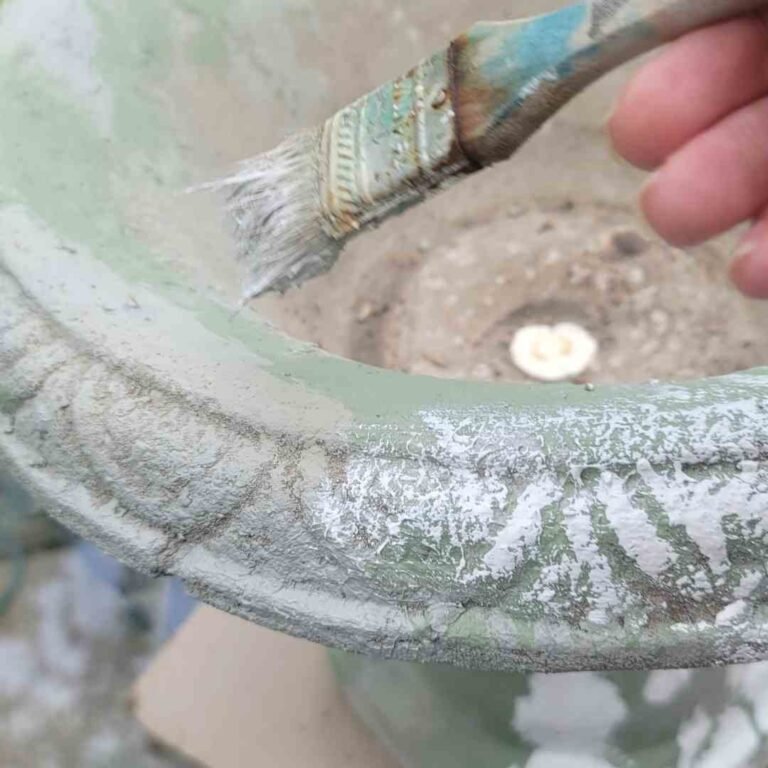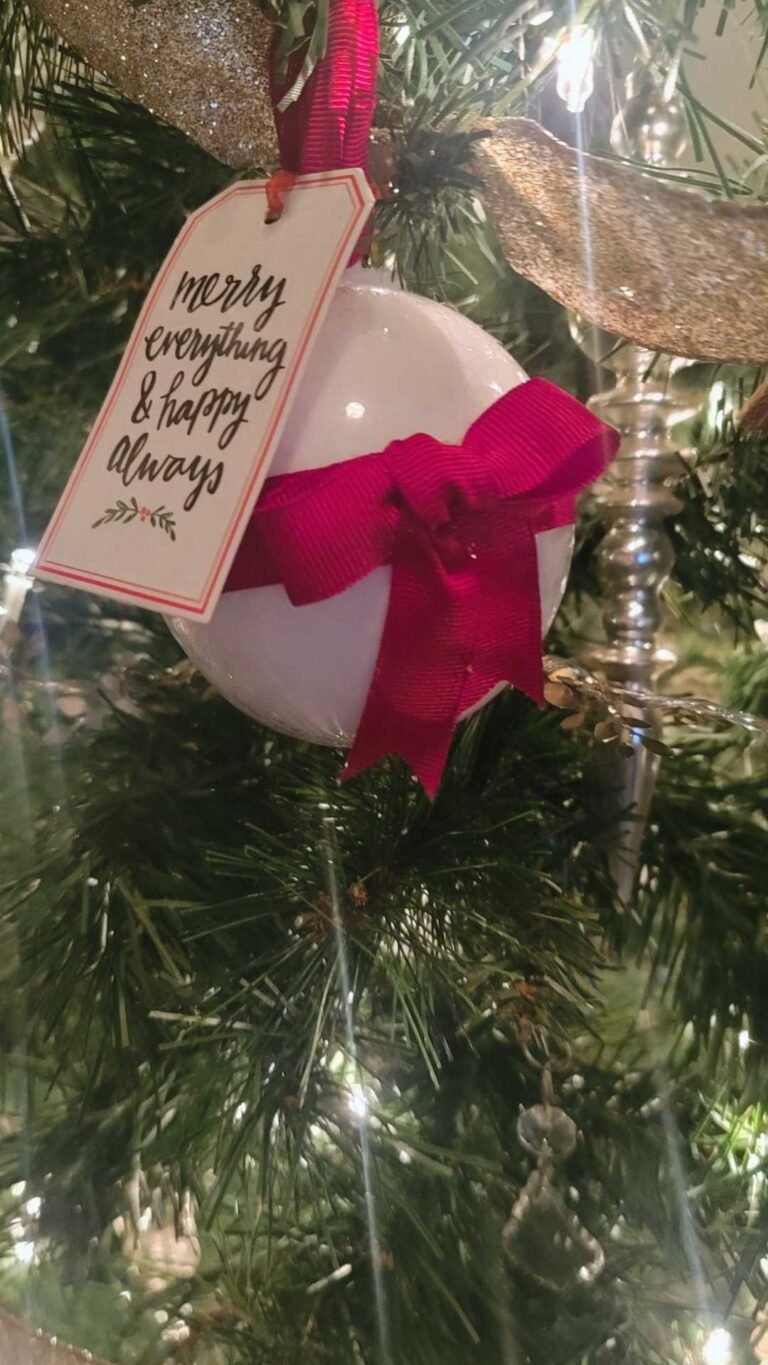Sandpaper Basics
If you want to repurpose furniture [or work with wood], you should start with the sandpaper basics. One of the most used items in the furniture flippers arsenal is sandpaper. It is perfect for removing old paint and finishes. It can create a texture so that fresh paint adheres properly. You can use sandpaper to remove texture for a silky smooth finish or add texture for a distressed finish.
You head over to the local hardware store and stand in the aisle looking at brands and numbers and think “What is the deal with all the numbers? Isn’t all sandpaper the same?”
Quick answer is – NOPE. Not all sandpaper is created equal.

When you look at sandpaper, the numbers are important. The higher the number, the finer the grit.
A low number like 80 coarse grit sandpaper, will strip a stubborn finish. You will need to take care when starting out with coarse grit. Rub too hard or if the wood is too soft, you can damage the wood and create deep scratches.
I recommend that you start with 100 or 120 grit sandpaper. These are great ones to keep on hand because you can use them for most projects. They are a great medium grit to remove finishes without gouging wood. This is also a fantastic grit for distressing furniture and smoothing in between coats of paint.

When you are looking for a glass-smooth finish, you want a grit of 200+. Use it between coats of clear coat, varnish, or one of my favorite combo products from Rust-Olem Stain & Poly.
Now that you know about the numbers, let’s discuss brands. Sure you can buy the traditional paperback sandpaper, but have you had it rip as you are trying to fold it and wrangle it around table legs or dresser details? I have found that 3M makes the most amazing sandpaper. Once you start using it, you will be in LOVE. 3M sandblaster pro. The back is silicone, that makes it both flexible and waterproof and flexible.
You can bend it and shape it and even wash it if it gets too much dust on it. Oh, and it is fabulous for wet sanding, too.
I love a good sanding sponge, too. I find that they don’t last long for sanding pieces but I like to keep the spent block. Just wrap them with your favorite sandpaper. The sponge helps keep your hand from getting fatigued and helps get into corners.
I typically quarter my sandpaper sheets. I can use them wrapped around sanding sponges or with my favorite palm sander.
Hopefully, these sandpaper basics give you a jumping-off point when starting your project. If you have any questions, drop me a note.
I can’t wait to see what loverly things you create.
Juliet











